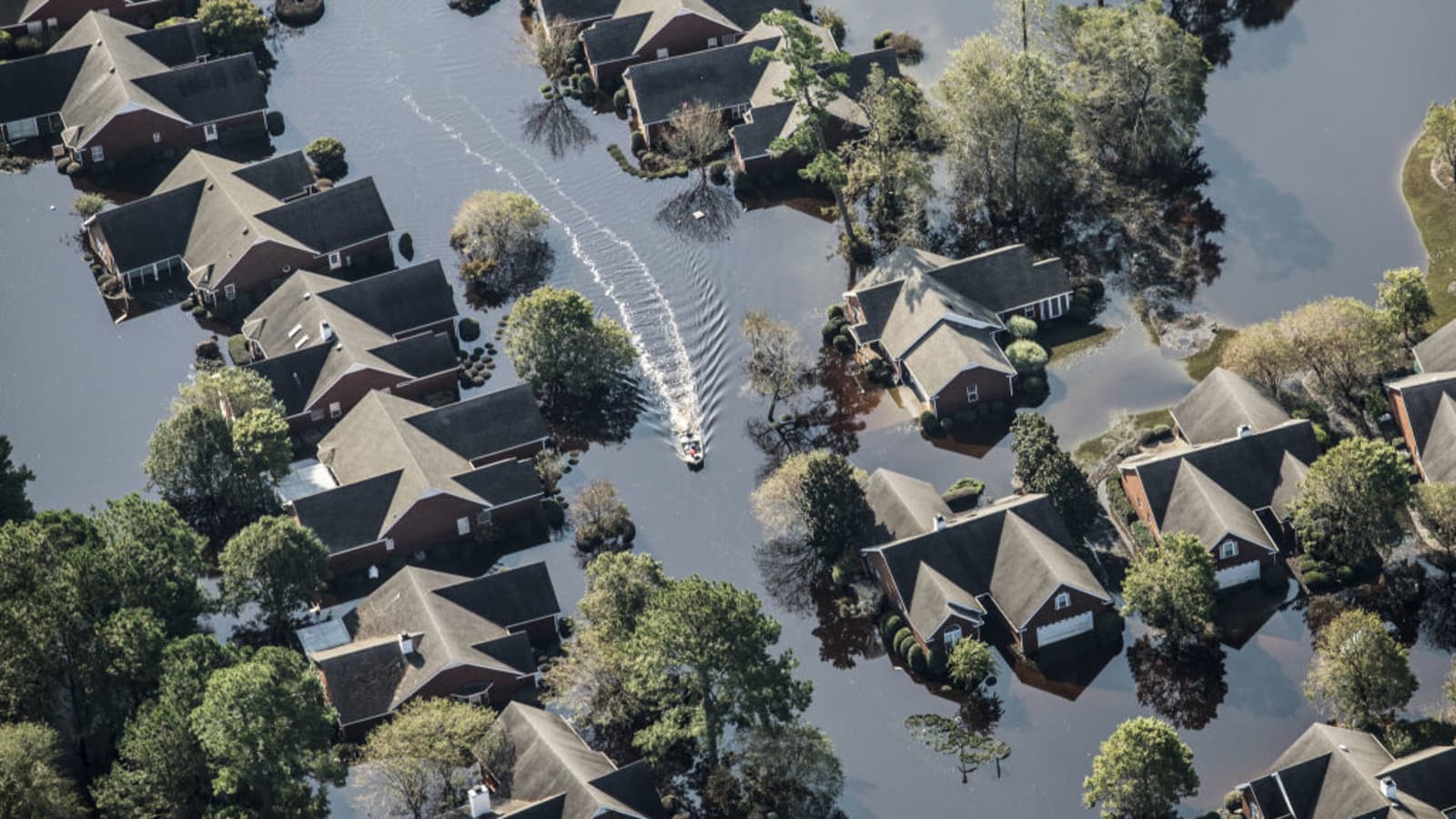Introduction
Climate change is no longer a looming threat but a pressing reality, and the real estate industry is gearing up for climate resilience. In this article, we’ll delve into how real estate is preparing for the future, covering innovative strategies, potential impacts on property markets, investment opportunities, and providing a comprehensive comparative table of climate-resilient properties.
The Impact of Climate Change
Climate change is significantly affecting the real estate sector. With rising sea levels, increased instances of extreme weather events, and shifting climate patterns, properties are facing a range of risks. These include damage from floods, hurricanes, wildfires, and the long-term devaluation of properties in high-risk areas. The industry is no longer in denial but actively working towards adaptation and resilience.
Innovative Strategies for Climate Resilience
1. Green Building Practices
A fundamental strategy for climate resilience in real estate involves adopting green building practices. Developers are incorporating energy-efficient design, renewable energy sources, and sustainable building materials. These features not only reduce a property’s environmental impact but also enhance its long-term value by reducing operational costs.
2. Coastal and Floodplain Management
In regions vulnerable to rising sea levels and coastal flooding, real estate firms are investing in protective infrastructure. This includes the construction of flood barriers and elevated building designs capable of withstanding flooding and storm surges. Additionally, coastal land management is being integrated into property development to minimize risks associated with sea-level rise and erosion.
3. Insurance-Backed Resilience
Recognizing the financial risks posed by climate change, property owners are exploring insurance policies that offer coverage for climate-related damages. These insurance policies not only provide a safety net for property owners but also incentivize them to make climate-resilient improvements. By reducing the financial burden of climate-related damages, property owners can focus on implementing mitigation measures.
Comparative Table of Climate-Resilient Properties
Gain a comprehensive understanding of the real estate market’s response to climate challenges with a comparative table of climate-resilient properties:
| Property | Location | Green Features | Flood Protection | Energy Efficiency |
|---|---|---|---|---|
| Eco Oasis Residences | Miami, FL | Solar Panels, Green Roof | Flood Barriers, Elevation | Energy-Star Certified |
| Sustainable Urban Lofts | New York, NY | Low-Energy Lighting, | Storm Surge Protection, | LEED Platinum Certified |
| Efficient HVAC | Reinforced Foundations | |||
| Green Haven Estates | Los Angeles, CA | Sustainable Landscaping, | Flood-Resistant Design | Smart Home Systems |
| Energy-Efficient HVAC | ||||
| Waterfront Eco Village | Seattle, WA | Geothermal Heating, | Flood-Resistant Features | Solar Power |
| Rainwater Harvesting | Elevated Structures | |||
| Leafy Retreat Homes | Portland, OR | Passive Solar Design, | Coastal Land Management | Energy-Efficient Windows |
| Energy-Efficient Insulation |
(Note: Features are subject to property-specific variations.)
Potential Impacts on Property Markets
The real estate market is already experiencing shifts due to climate challenges. Properties that demonstrate climate resilience are gaining popularity among buyers and investors. On the contrary, properties in high-risk areas are witnessing reduced demand and declining values. This change in demand highlights the shifting priorities of property buyers and investors.

Investment Opportunities
Real estate investors have a unique opportunity to invest in climate-resilient properties, contributing to a more sustainable and resilient future. Such investments may offer reduced risks and attractive returns as the demand for climate-resilient properties continues to grow. The real estate industry is uniquely positioned to lead the way in building a more sustainable and climate-resilient future, recognizing the interconnectedness of environmental health and property market stability, necessitating immediate action.



